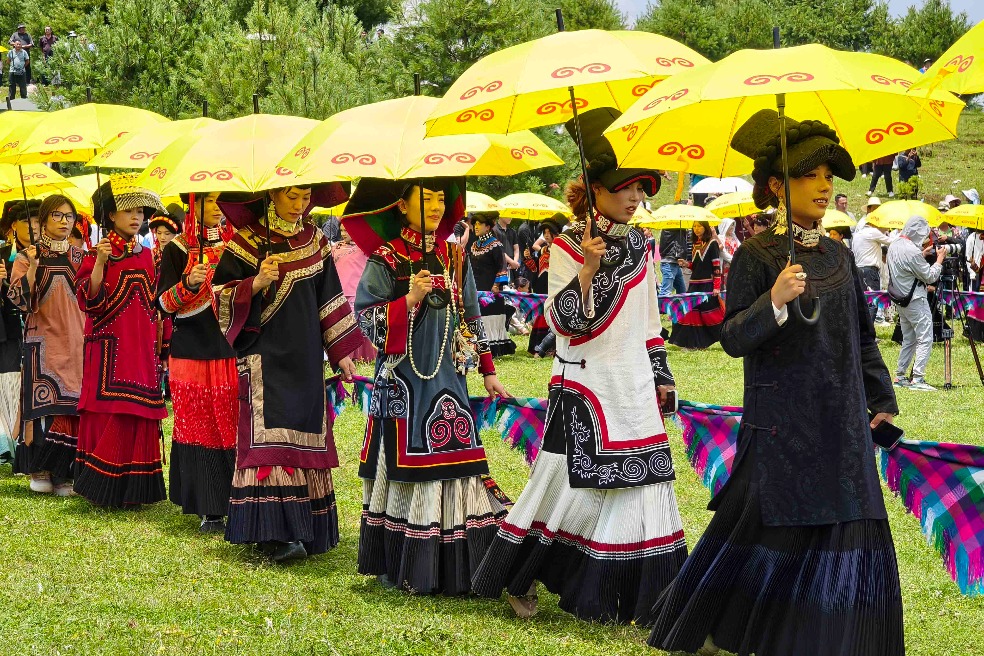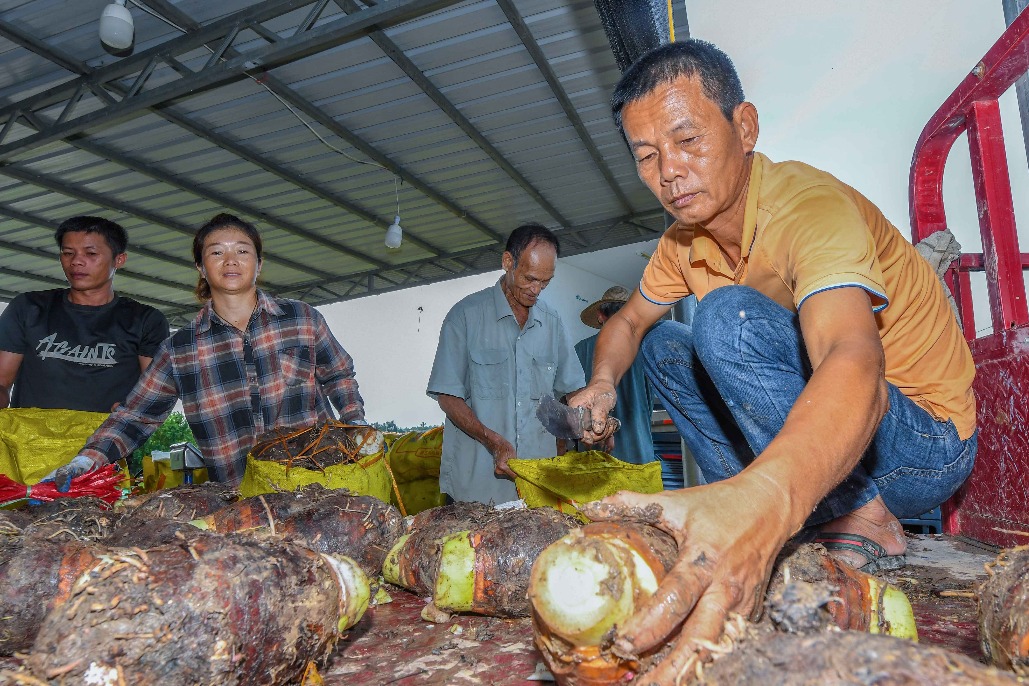New protocol doesn't relax pandemic control measures


The latest diagnosis and treatment protocol on COVID-19 is not a signal of a relaxation of China's contagion control measures and local authorities should strictly enforce measures to contain the recent wave of the coronavirus, senior health officials said on Friday.
The country must adhere to its dynamic zero-COVID policy-with a rapid and targeted response at its core-to safeguard the health of people as the pandemic continues to trigger domestic Omicron outbreaks, they said.
Wang Hesheng, vice-minister of the National Health Commission and head of the National Administration of Disease Prevention and Control, said China's dynamic clearance policy is aimed at controlling the contagion in the shortest possible time and at the minimum cost.
"The strategy is scientific, suited to national conditions, and it puts us on the right track and yields good effects," he said, adding that its impact on production and normal lives is limited and short term.
"Any disease control measures will bring repercussions, but they're totally worth it in order to protect the lives, safety and health of the people," he said at a news conference held by the State Council Information Office.
Wang said the cumulative numbers of infections, severe cases and related deaths in China are very low, and most locally transmitted outbreaks can be tackled within 14 to 28 days.
Meanwhile, China has managed to achieve steady economic growth, attesting to its ability to strike a balance between epidemic control and economic and social development.
"We've managed to ensure normal activities in most regions by imposing movement restrictions on a very small number of people," he said.
While evaluating the economic impact, Wang said it is only fair to take the entire country's development in different sectors into account rather than focus on one aspect or one specific region.
"China's experience in combating the novel coronavirus shows that the defense line built up by the dynamic zero-COVID approach must be held tightly," he said. "It is the best means of putting people and life first and also contributes to the global fight against the virus."
Wang said the recent wave that has affected 28 provincial-level regions has been caused by worsening outbreaks in neighboring countries, the stealthy transmission of the Omicron strain, increasing population movement since late February and a lack of preparedness in some areas.
In January and February, the country registered a daily average of 91 imported infections, far higher than the daily average number of 32 in 2021. Since March, the daily average of imported infections has soared to exceed 200, according to data quoted by Wang.
"Experts have agreed that this round of the pandemic is at a high level and will not end in the short term," Wang said. "China will continue to cope with new Omicron clusters in different areas in the coming days."
On Thursday, the Chinese mainland reported 2,388 locally transmitted, confirmed infections and 1,742 asymptomatic cases. Both counts went up from the previous day.
Wang said more efforts will be devoted to improving the sensitivity of monitoring and precaution systems, and boosting China's ability to swiftly detect new cases.
China also updated its COVID-19 diagnosis and treatment guidelines this week, in a move to integrate the latest findings on mutations and on-the-ground experience, according to Jiao Yahui, director of the National Health Commission's Bureau of Medical Administration.
Though some changes, such as monitoring mild cases at centralized quarantine sites rather than admitting them to specialized hospitals, appear to be less stringent, they do not signal a relaxing of alertness, she said at the news conference.
"Local authorities should still enforce virus control measures in a careful and cautious manner," she said.
Jiao added that at quarantine facilities for mild cases, medical workers will be on-site to provide treatment and monitor health.
Adjusting the value of the cycle threshold from 40 to 35-which in effect excludes people with very low viral loads who are no longer infectious from being classified as positive cases-is aimed at ensuring medical resources are reserved for patients most in need, while allowing the public to access other medical services.
"The adjustment further demonstrates our prioritization of people's lives and health," she said.
- Nation's health outcomes gain recognition
- Sichuan's ethnic festival attracts thousands of tourists
- SCO Digital Economy University Alliance launched
- Experience from a first-person perspective a sniper shooting from a boat
- Humble root crop becomes vital industry in Haikou village
- Sniper showdown on water: Realistic battlefield simulation





































